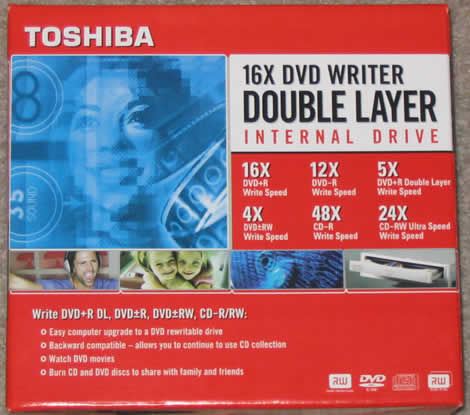
Creative needs to push the envelope, and not just redo what others have out there already. This will not build them market share. This will require hefty rebates to get their products noticed and sold.
Creative Zen's Nano Plus flash player looks like it's going to be pretty run-of-the mill for the personal audio player market: 15 hour playtime, FM tuner, and a storage capacity for either 256MB, 512MB or 1GB worth of your favorite tunes. Where it does stand apart is its availability in 10 colors. If you're looking for fashion vs. features this May, this might be the MP3 player for you.














































